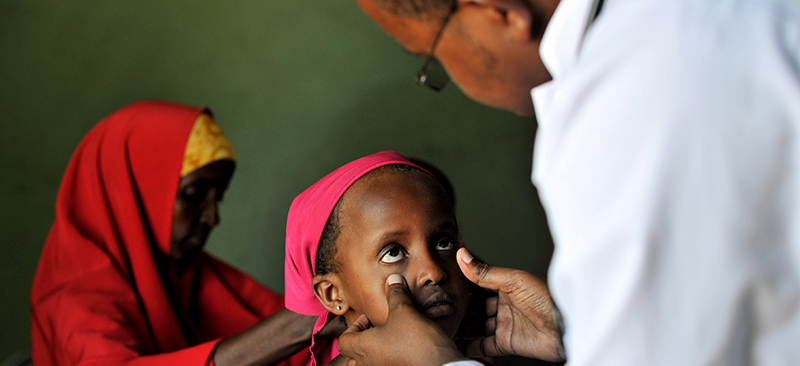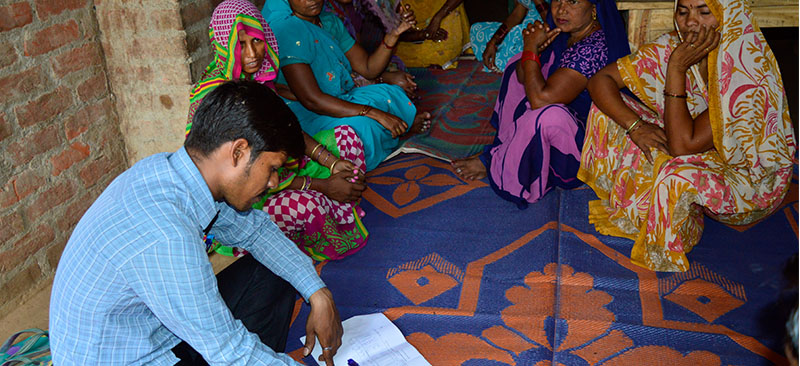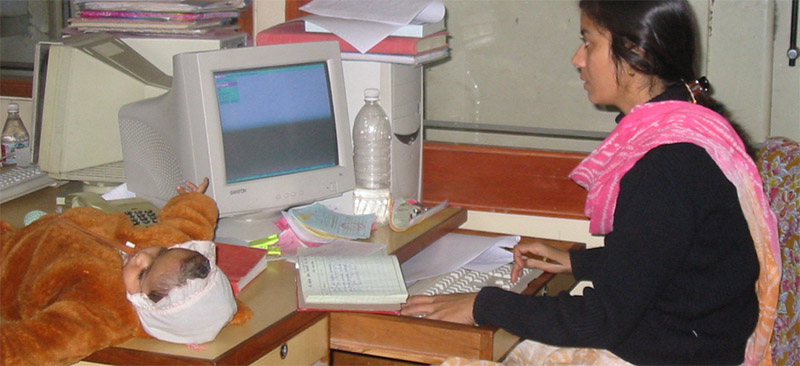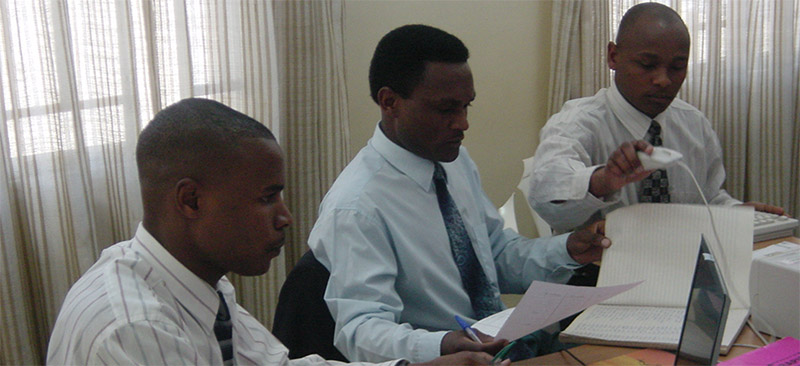To attract and keep clients, Microfinance Institutions (MFIs) want to introduce new products that meet these demands. One of the most pertinent questions facing many MFIs today is “how?” Significant resources have been invested in the research and documentation of a market-led approach to product development, which is now widely accepted by the microfinance industry’s technical service providers.
The approach includes five steps, two of which—market research and pilot testing—have rarely been adopted by MFIs, despite the fact that they are the core of the client driven approach. Why is it so, is a matter open for discussion.
Drawing from existing literature and the experiences of ten case study MFIs in seven countries, this document explores that hypothesis and summarises the costs and benefits recorded by institutions that have chosen to incorporate market research and pilot testing into their new product development processes.





